Starting a garden on a budget?
Believe it or not, it can be done. Lots of people assume that gardening is only for people with tons of time and money on their hands.
Luckily, that’s not the case. Gardening is a fantastic hobby for the wealthy and the not-so-well-off alike. Starting your own garden on a budget can be done, and growing your own fruits and vegetables is actually a smart way to save money, too, since you can use your fresh produce to offset some of your grocery bills.
Tips for Gardening When You Are Broke
Times are hard these days and that means saving money is a must. Gardening is a great way to save a bit of money, but getting started still costs a bit. These ways to save are perfect for those who truly have no budget to work with for their supplies.
You may have already seen our tips for filling raised beds on the cheap, but that's not all we have to share! There are tons of great gardening techniques that are ideal for helping create a large garden harvest while still sticking to a frugal mindset.
1. Use Pallets…
...and other repurposed gear. One man’s trash is another man’s treasure!
Pallets are awesome for several reasons, and they have many applications in the garden. You can use old pallets to make your own garden fence, or you can disassemble them to make your own raised beds. You can grow a vertical garden in a pallet, too, to help you save space and time (while also reducing competition from weeds). You could even start with this great way to use pallets to grow strawberries as well as your vegetables. They are perfect for use in many of your garden projects.
You can even grow vegetables that don’t need a lot of root space, like green beans, inside the slats of a pallet. Weed-free gardening at its best!
If you can, make sure the pallets you are using have not been treated with any chemicals.
There are other items you can repurpose to help you save some money, too. Instead of investing in expensive planters, use what you have lying around the house, like old drums or barrels. You can use egg cartons or yogurt cups to start your own seeds, and you can make raised beds out of old tires. Just check out these ways to use tires in your garden! Brilliant!
Genius!
2. Start a Compost Pile
Starting your own compost is a great way to build soil for your garden and to amend the soil you already have. Plus, it’s totally free - and reduces the amount of kitchen waste and other usable material that you find yourself throwing in the trash each week.
You can compost just about anything, including dried leaves, weeds, grass clippings, fruit and vegetable scraps, eggshells - even coffee grounds and tea bags! You don’t have to have a large outdoor compost bin to compost, either. You can easily start your own indoor vermicomposting (worm composting) bin in an abandoned closet or basement.
Some recommend using a compost starter kit. While I have done so in the past, it is not at all necessary to create great compost for your garden. When composting, I recommend starting with these DIY compost bins and making sure you go over this list of things to compost to make sure you are adding the right items into your bin. This will start you off with a great
3. Start Your Own Seeds Indoors
Don’t buy expensive seedlings at the grocery store! A six-pack of starter plants can cost $5, $6, $7 or more - while a packet of 200 seeds costs half that. You’ll be able to germinate enough plants for the entire neighborhood!
Granted, there are some plants that are difficult to start from seed indoors, like squash and cucumbers. However, you can still start these plants from seed when it’s time to plant directly in your garden - just sow the seeds right into the soil. You’ll not only have less work cut out for you (and healthier plants!) but you’ll save money, too.
You can invest in starter trays to use year after year, but I love the idea of using upcycled items for seedlings. Again, work within your budget!
4. Make Potting Soil
Potting soil is expensive, especially if you have multiple raised beds to be filled. You can easily make your own potting soil with a bag of peat moss and some other simple additives. Here’s a recipe you can follow. You’ll get way more material and you won’t find yourself running to the store quite as often, either.
5. Don’t Get Overwhelmed
Try not to do everything at once. While you might aspire toward that picture-perfect garden you see on Pinterest, know that you likely won’t be able to achieve something of that quality in your first year of gardening. Be patient!
You might want ten raised beds in your garden eventually, but make do with building just one or two the first year so you don’t break the bank (or feel overwhelmed). You can always add more later!
6. Use Free Sources of Mulch
Mulch is absolutely essential if you want to grow a healthy, low-maintenance garden. However, mulch can also be very expensive. There are some great tips for using mulch, and even ways to make your own!
Mulch helps to retain moisture, deter weed growth, and fertilize your soil. But when you spend a ton of money on expensive mulches, you aren’t doing your pocketbook any favors. You can make your own mulch with things like wood chips or grass clippings, or you could even use compost, cardboard, or shredded leaves.
You can start with some ready-made mulches. One I like if I am buying is the EZ-Straw. A little goes a long way and it tends to be budget-friendly.
7. Choose Native Plants and Perennials
Whenever possible, choose plants that are already acclimated to growing in your area’s unique growing zone. If you don’t, you’ll find that you end up spending more money on watering your plants (since non-native plants tend to be more water-intensive) and pest control. You should choose simple cultivars that will work well for your climate, budget, and desired levels of labor.
Perennials can also save you money, particularly when it comes to ornamental landscaping. You won’t have to replant every single year - the plants will just keep coming back on their own. You're Not limited just to shrubs and flowers, either. There are plenty of fruits and vegetables that will bear produce for you year after year, like asparagus and raspberries.
Check out this list of perennial vegetables! Great choices to add to your garden.
8. Save Seeds
Instead of buying fresh packets of seeds every year, why not save your seeds? If you’re growing an heirloom garden, this is absolutely essential - it can save you a lot of money to save seeds from the plants you already grew rather than buying new ones each year. It can be a bit tricky to save seeds, but you’ll have better luck if you start off with easy ones, like those from beans, peas, and zucchini.
9. Volunteer at a Nursery
If you work at a restaurant, you probably get a free meal at the end of your shift - and if you work for a nursery, even as a volunteer, you’ll likely be able to take home a few free plants! Consider volunteering your time at a nursery and you’ll likely score a few freebies (and learn a ton!) along the way, too.
10. Make Your Own Fertilizers
You can’t grow a healthy garden without the right soil amendments and fertilizers - but rather than spending money on the pricy synthetic ones that can harm your soil, you may want to make your own fertilizers. There are plenty of ingredients you have lying around the house that you can use.
For example, coffee grounds add magnesium, potassium, and nitrogen to the soil, while eggshells are a great source of calcium. You can use fish waste from your aquarium, to add nitrogen, too, while tea bags are perfect fertilizers for tomato plants.
Here are some DIY organic fertilizers and even ways to use wood ash into your garden that can add tons of benefits to your garden.
11. Buy Off-Season
Watch for sales, and don’t be afraid of buying gear when it’s no longer en vogue to do so. An example? Wait until after the spring and summer planting fury have passed, as well as later in the fall. You’ll be able to score some amazing discounts on gear you can use next year.
Nature Hills Nursery and Bootstrap Farmer both have amazing end-of-season sales. Sign up for their newsletter and you'll get the info right in your inbox!
12. Grow Flowers That are Self-Seeding
Self-seeding flowers, like hollyhocks, can save you serious amounts of money. All you have to do is buy a packet of seeds now, and you’ll have flowers for the long term. Just sow your seeds where they can keep coming back, then allow the fading blooms to go to seed. Don’t deadhead if you want them to do this, though!
I love the hollyhocks I got from Nature's Hill Nursery, but you can grab them at any garden store. You will love these! You should also check out these perennial flowers to see how many you can't plant once and see grow year after year.
13. Reuse Nursery Pots and Containers
Don’t run out to the garden store to buy brand-new nursery pots and containers each season. Instead, reuse the ones you brought your plants home in last year. You can easily sterilize them yourself so you don’t have to worry about soilborne pathogens. Plus, the nice-looking, store-bought pots really are not necessary to start seeds.
You can even start your seeds in cheap Styrofoam cups or eggshells - there’s nor reason to invest in pricy containers.
14. Take Pity on the Downtrodden
While it might be tempting to only purchase the nicest-looking plants at the garden supply store, try not to fall into his trap! You can buy damaged goods for half price - or often at more steeply discounted rates. While some things should be avoided (particularly plant damages you don’t know how to fix) most are easy to rectify.
15. Ditch the Lawn
One of the easiest ways to save money on your overall adenine genesis (and to do the planet a favor!) is to get rid of your lawn (or at least dramatically reduce its size). Nobody wants to spend all of their spare time mowing, fertilizing, and watering a lawn. Instead, replace your lawn with perennial shrubs, groundcovers, or, if they’ll grow in your climate, succulents.
Less work, less money - and a more gorgeous landscape, too!
16. Collect Rainwater
When you rely on town or city water to irrigate your garden, it can quickly become expensive just to keep your plants well-hydrated. Consider collecting rainwater - it will not only save you money, but it’s great for the environment, too.
You can convert old trash cans into rain barrels. Position them under downspouts and direct the flow of water into a hole cut in the top. Cover it with a piece of window screen to keep mosquitoes out. Easy peasy!
17. Save Bulbs
If you are growing flowering bulbs, you may want to save the bulbs at the end of the season. Don’t just leave them in the ground, where they will freeze, rot, and die. Just remove the bulbs after frost has killed the tops and stash them in a basement. Water them once a month while they are dormant so the soil doesn’t dry out.
I get all of my bulbs from Blooming Bulb. Their quality makes it worth the initial investment because they grow for years with no issues. Plus, I never find rotten bulbs in a batch when buying from them.
18. Make DIY Seed Tape
Using seed tape is one of the best ways to plant a ton of tiny seeds, like carrots or parsnips, down all at once. Seed tape can be expensive, but it’s pretty easy to make yourself. All you have to do is roll out a bit of toilet paper before misting it with water. Place your seed in a line, then fold a third of the paper over the seeds and spray it again to help it adhere.
19. Kill Grass with Cardboard
Need to kill a section of lawn in order to get planting? Don’t waste your money on expensive herbicides. Just lay down a few sheets of cardboard! This technique, known as sheet mulching, will save you hours of labor and also prevent you from having to use chemicals in your garden.
20. Have a Plan - and Stick to It
And the best tiff or saving money on your garden this year? Come up with a plan and try to stick to it. It can be easy to find yourself getting carried away when it comes time to plant in your garden, but you can save a lot of money by only planting and growing what you initially included in your plans.
If you’re able to set a budget and can stick to it when you head to the gardening store, you’ll resist all those fun impulse buys that come your way!

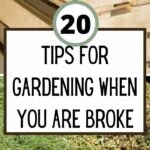
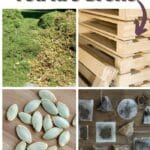
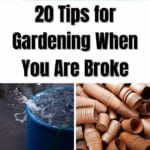
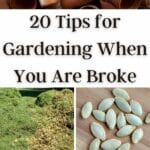
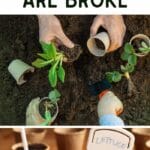
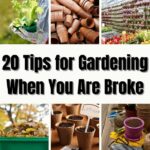
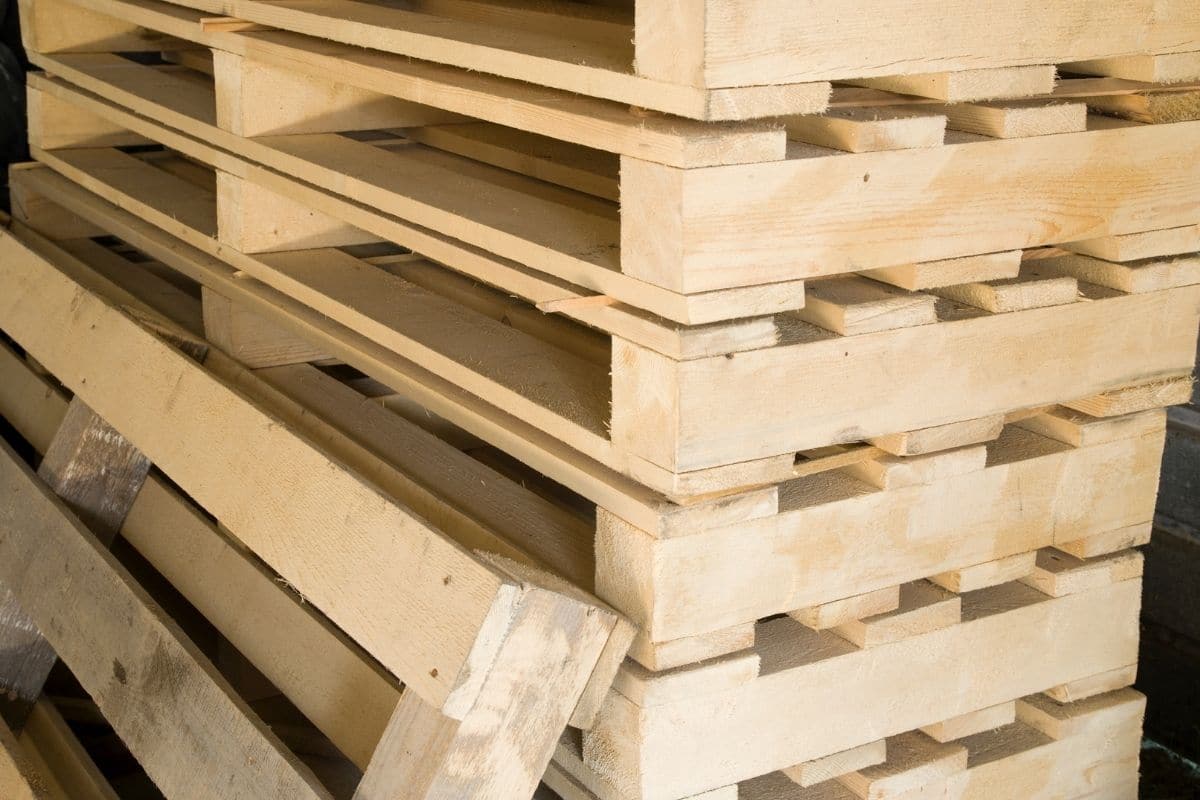
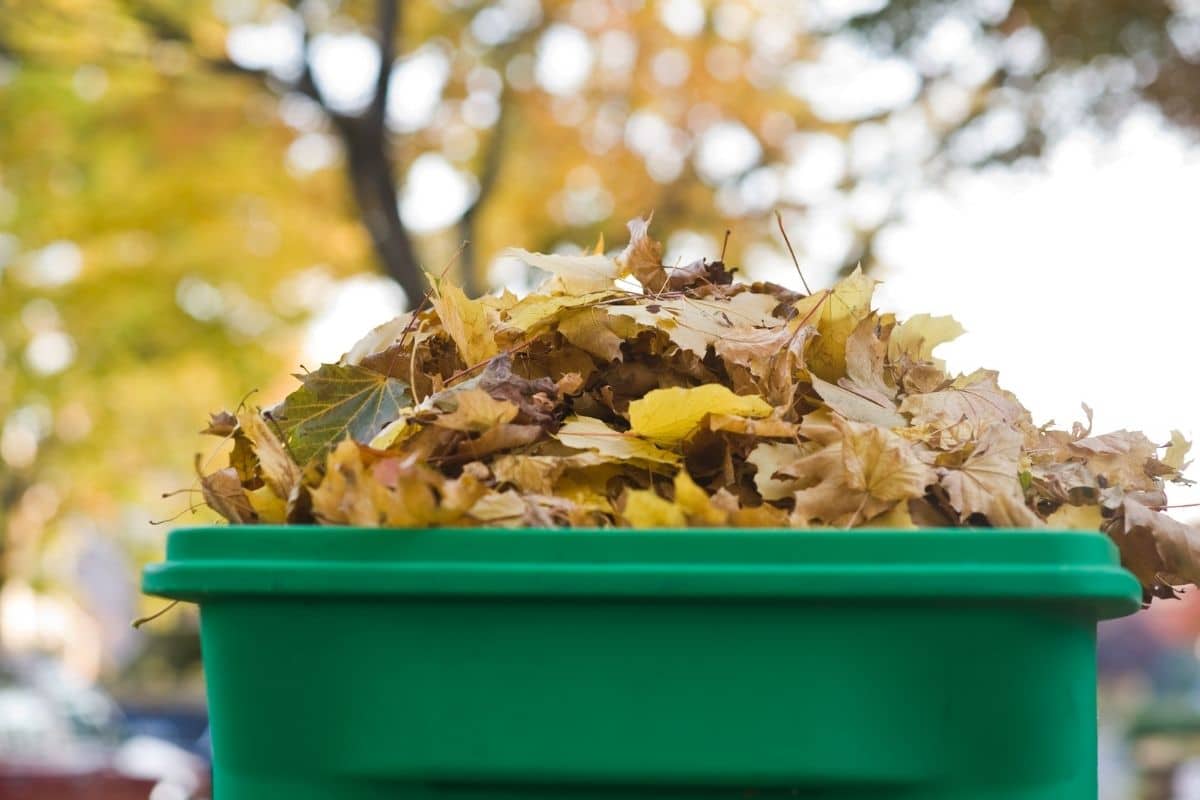
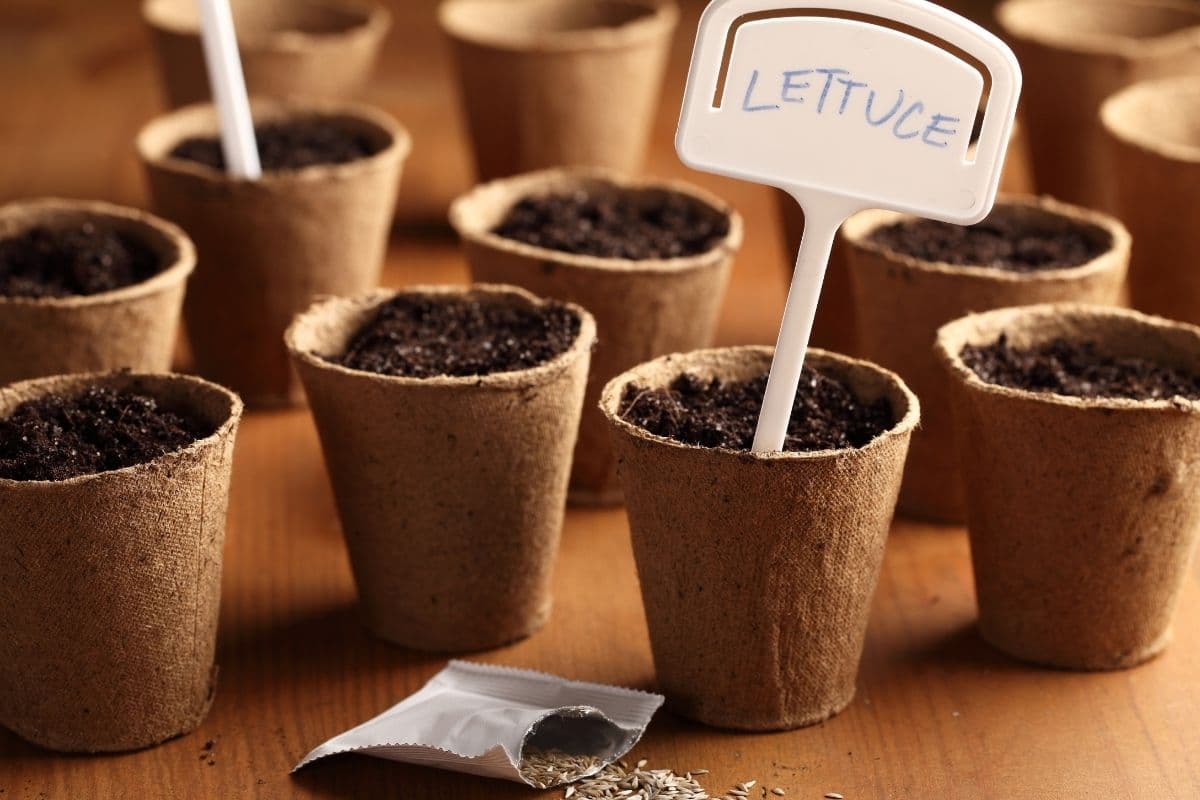
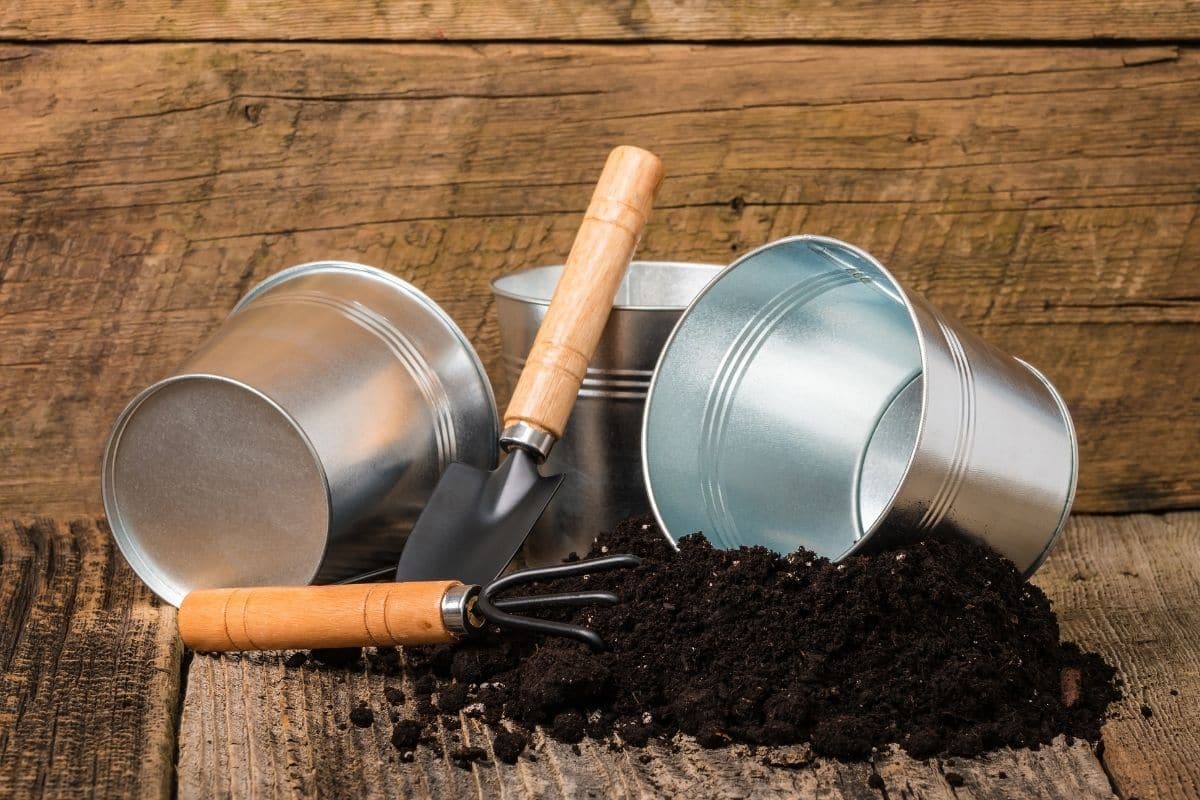
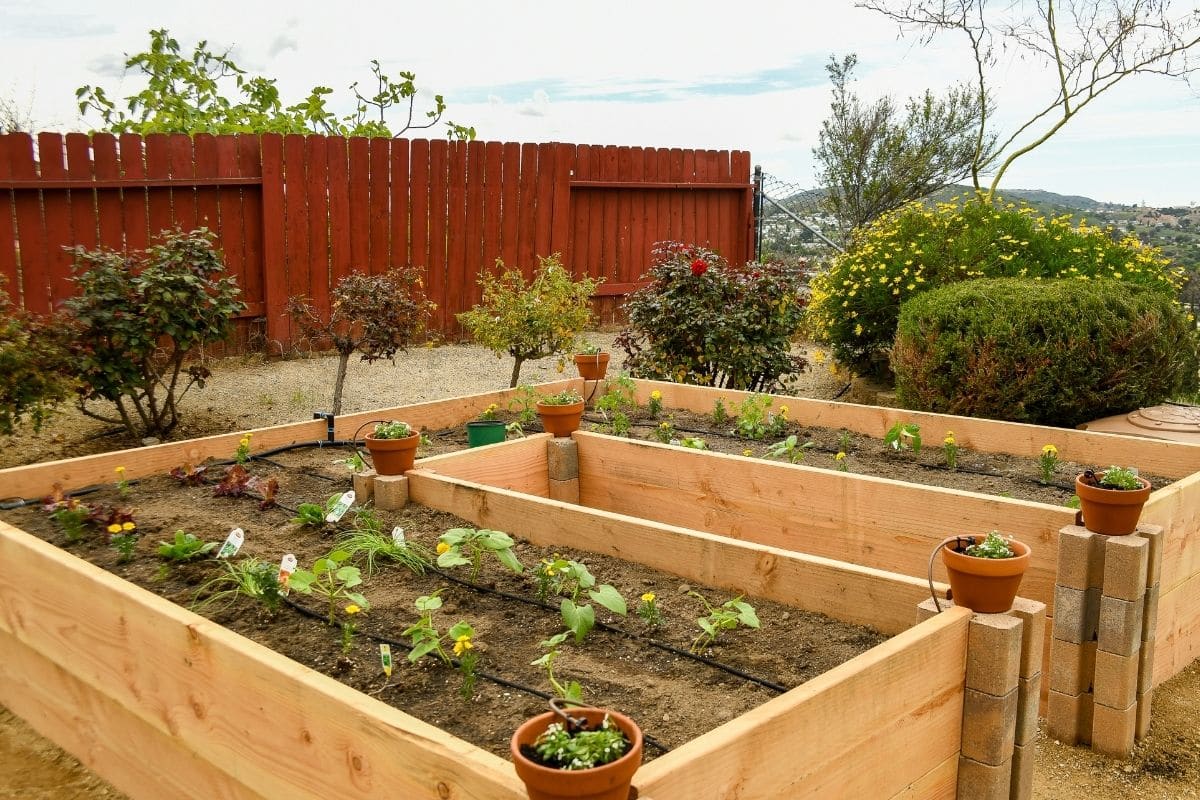
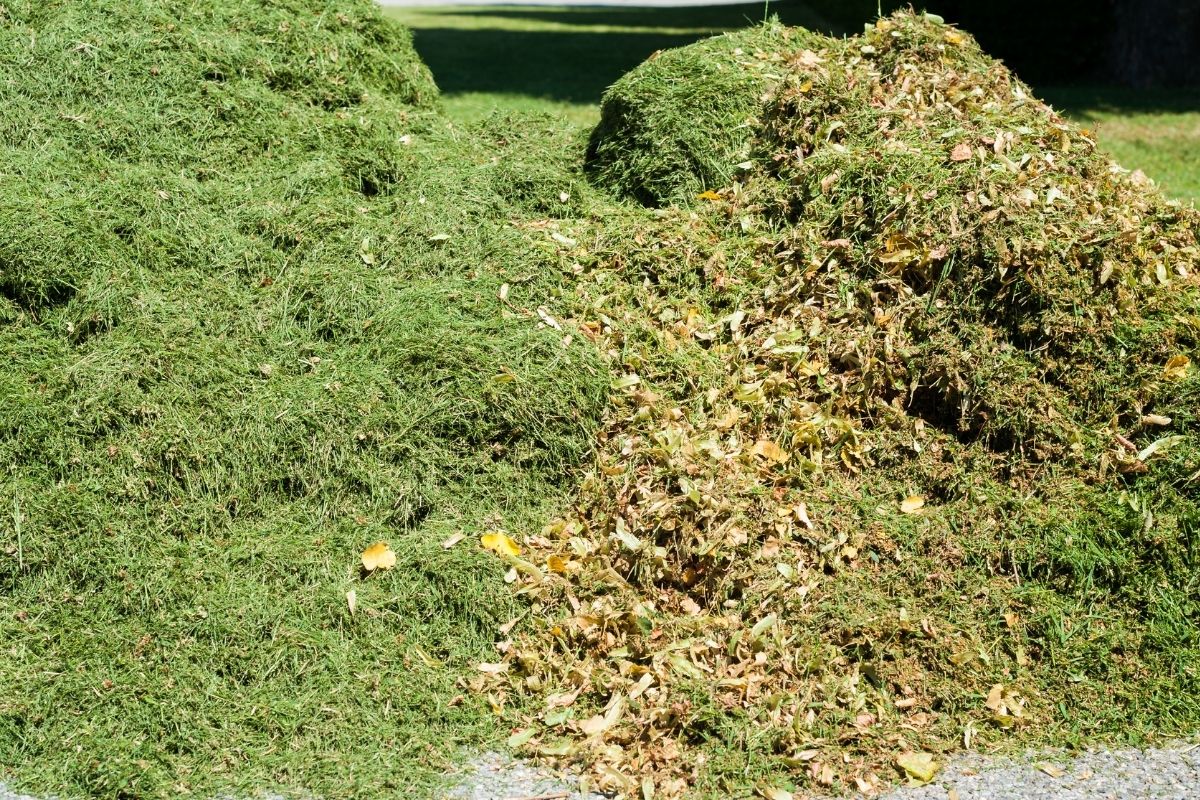
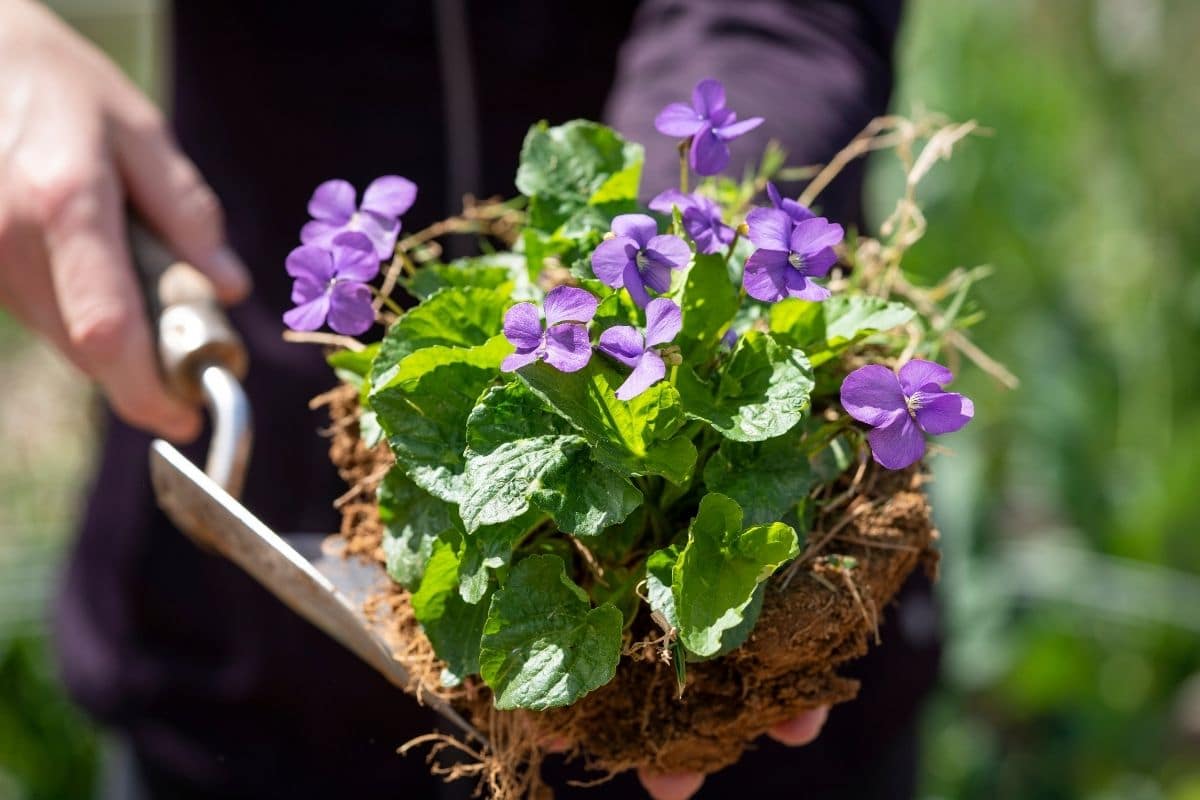
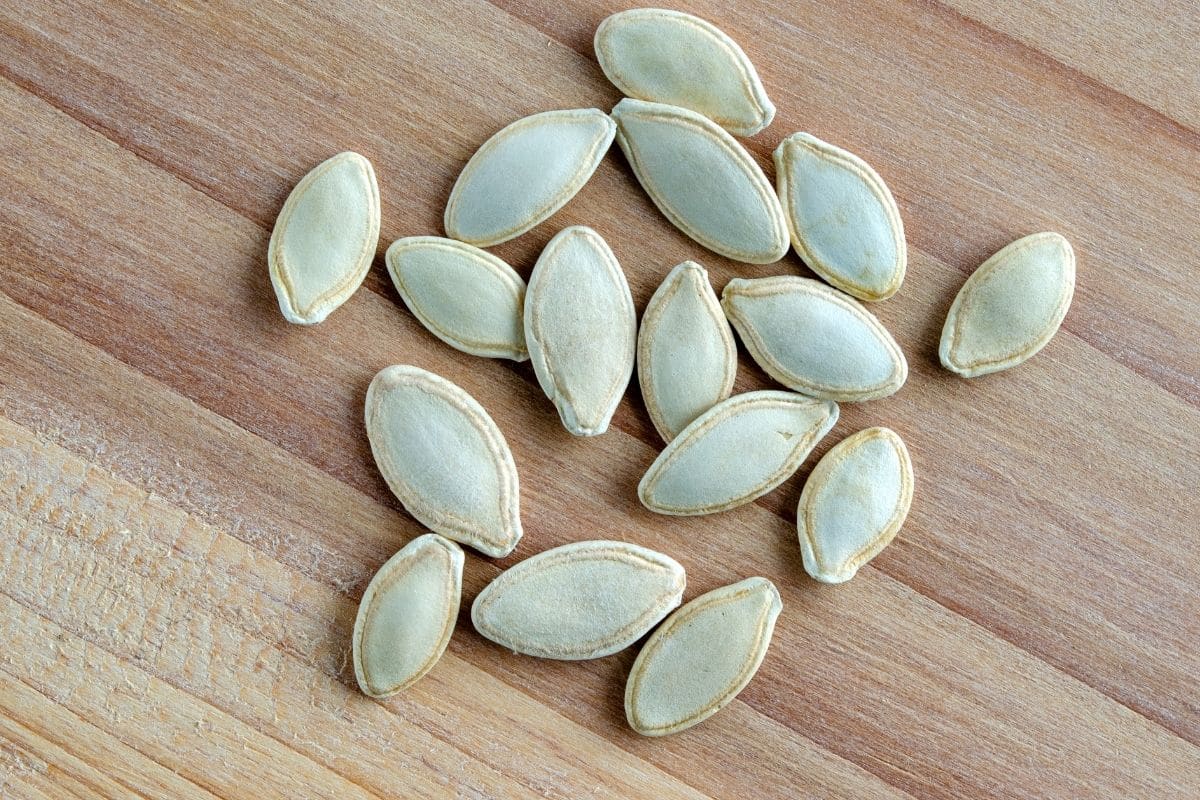
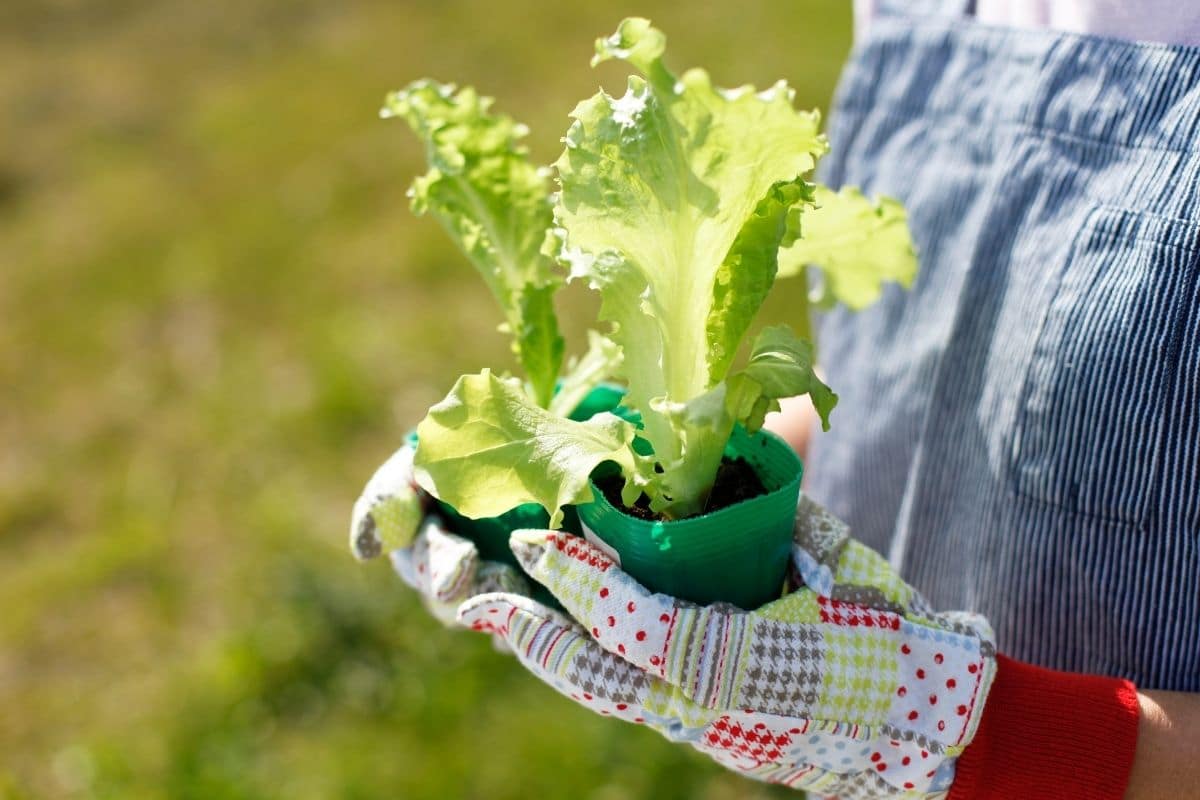
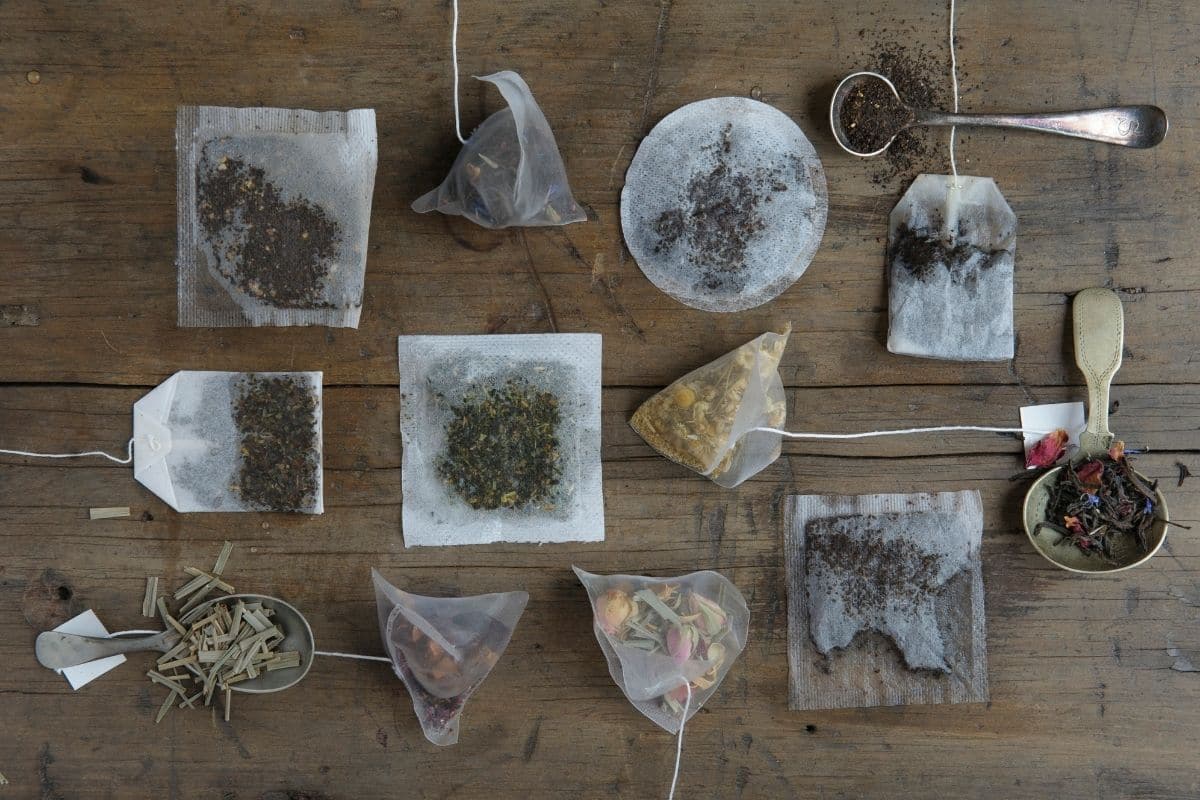
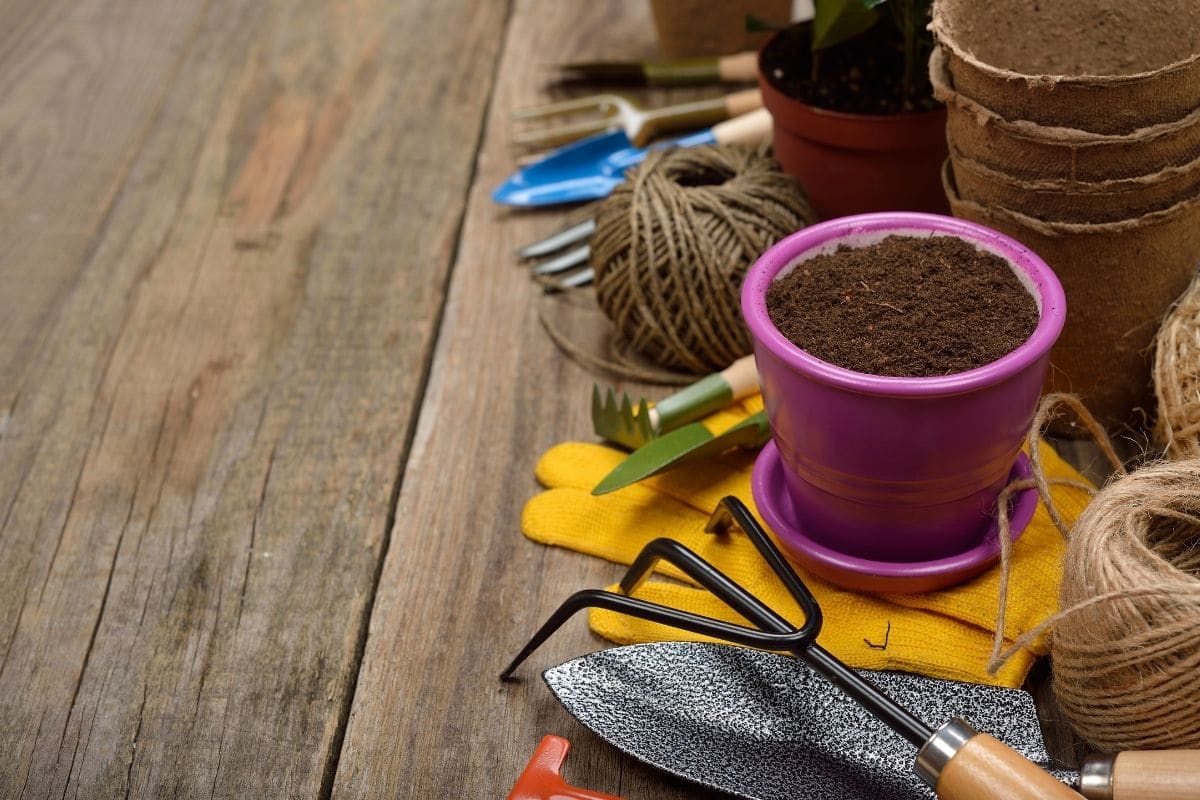
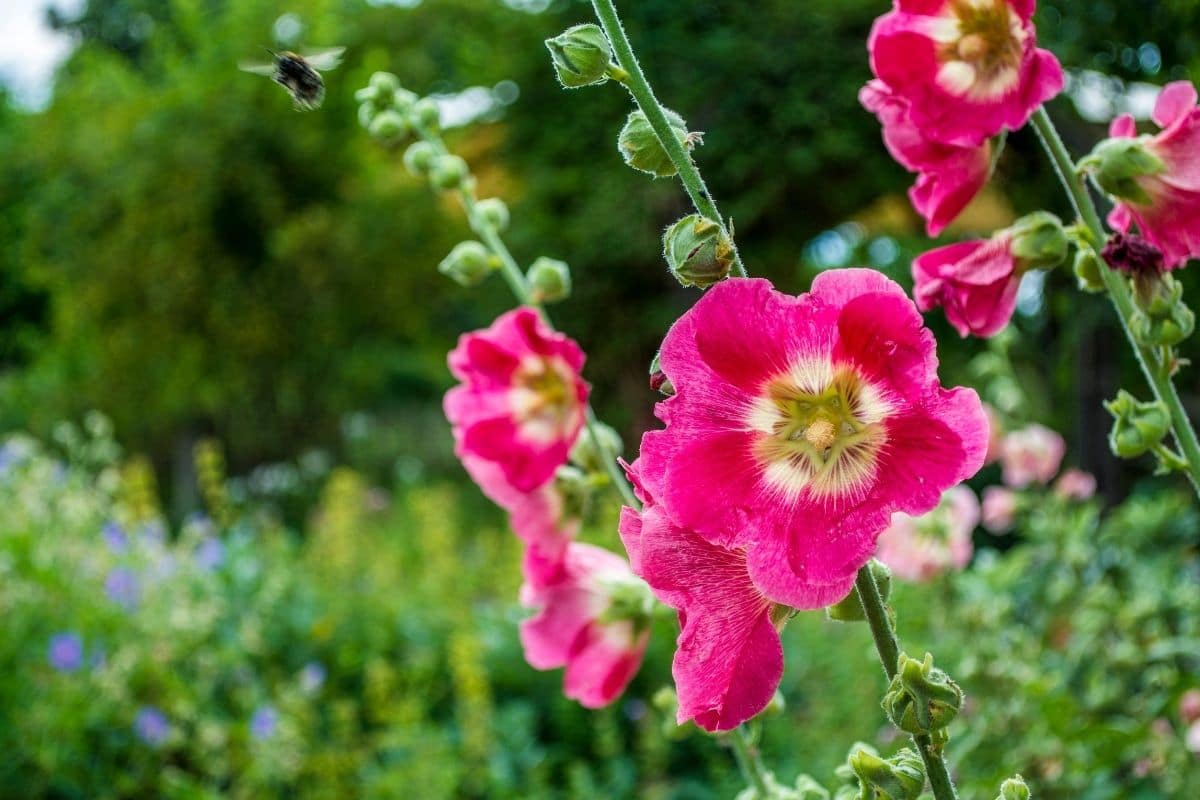
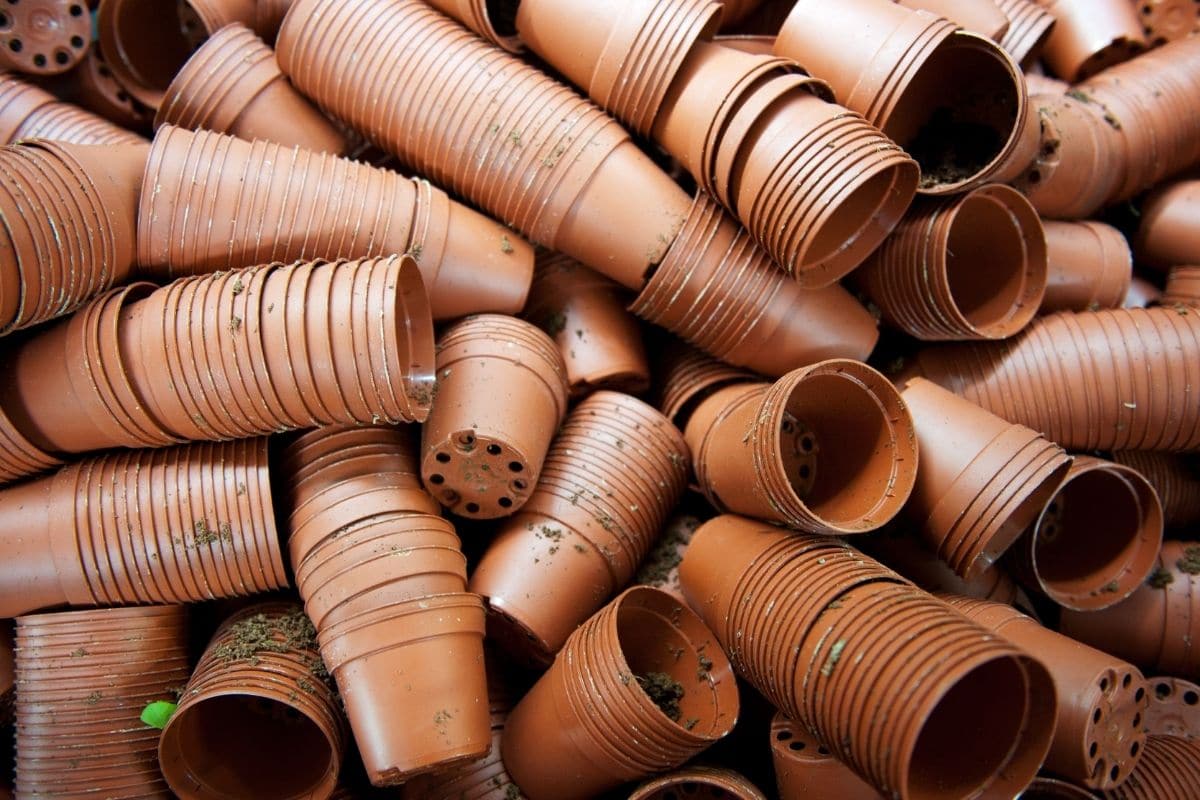
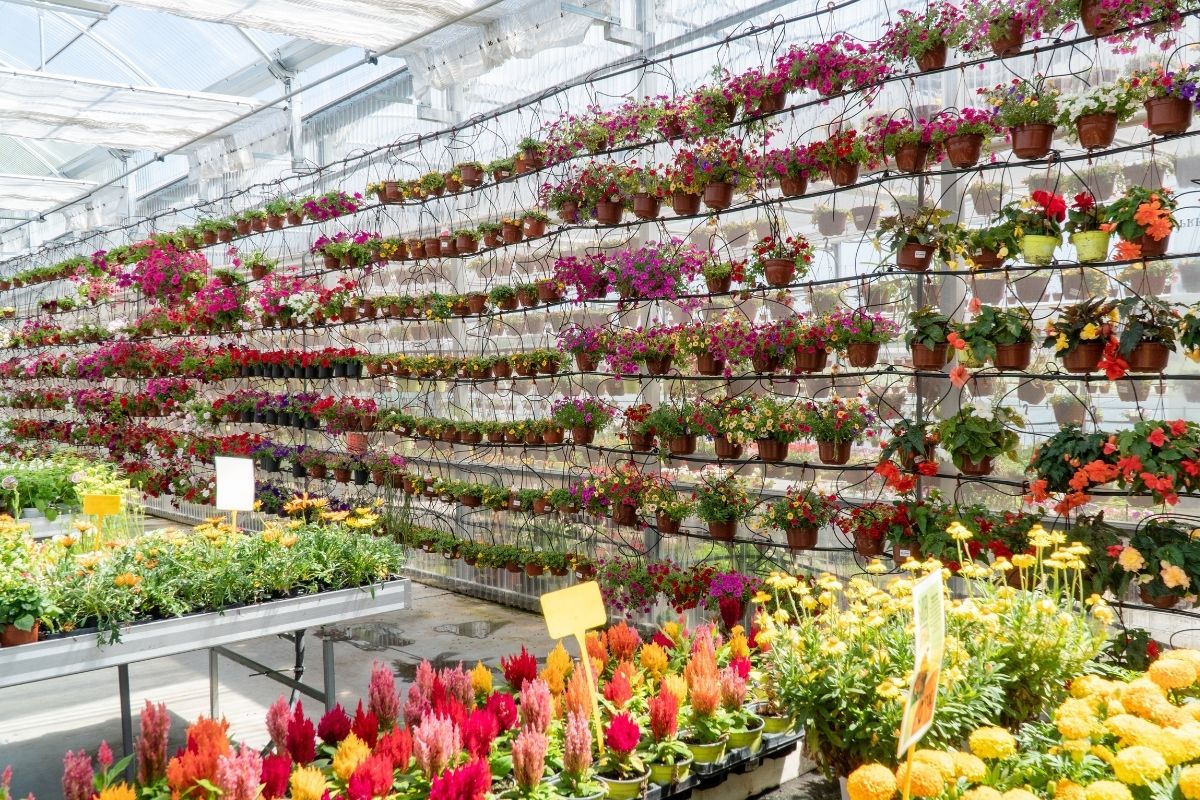
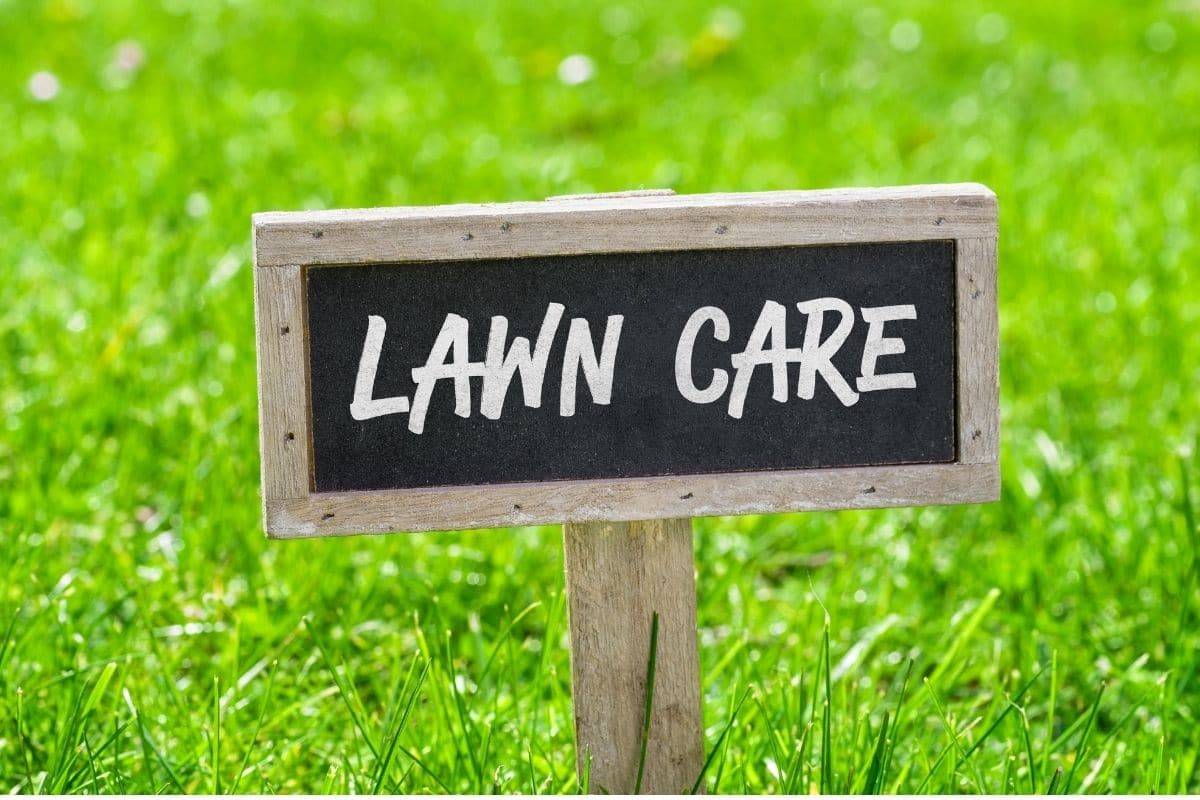
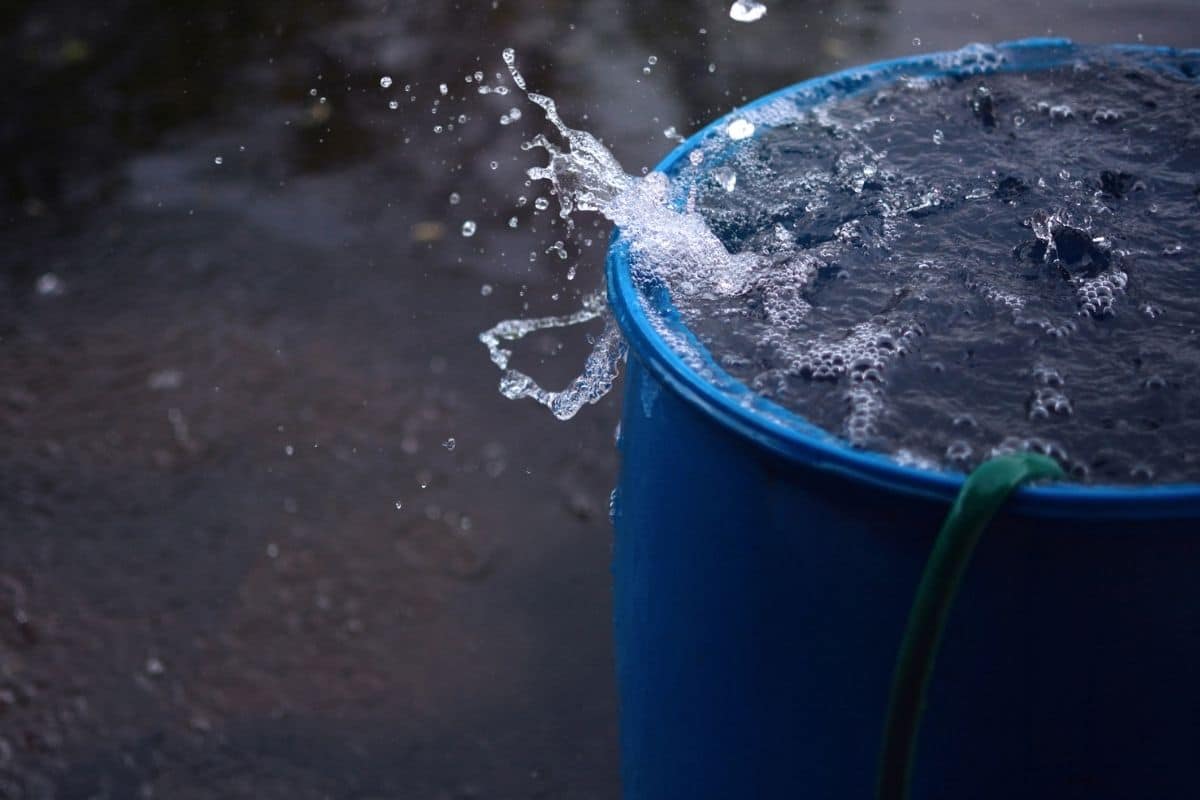
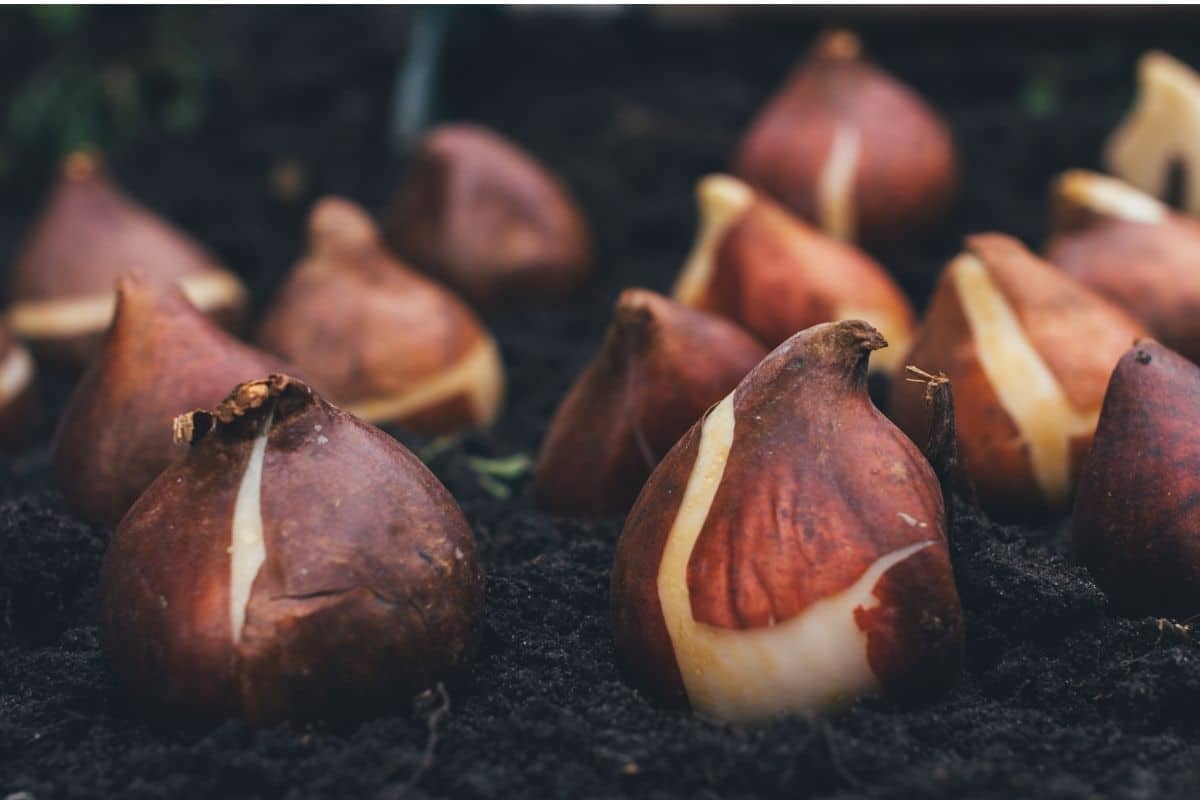
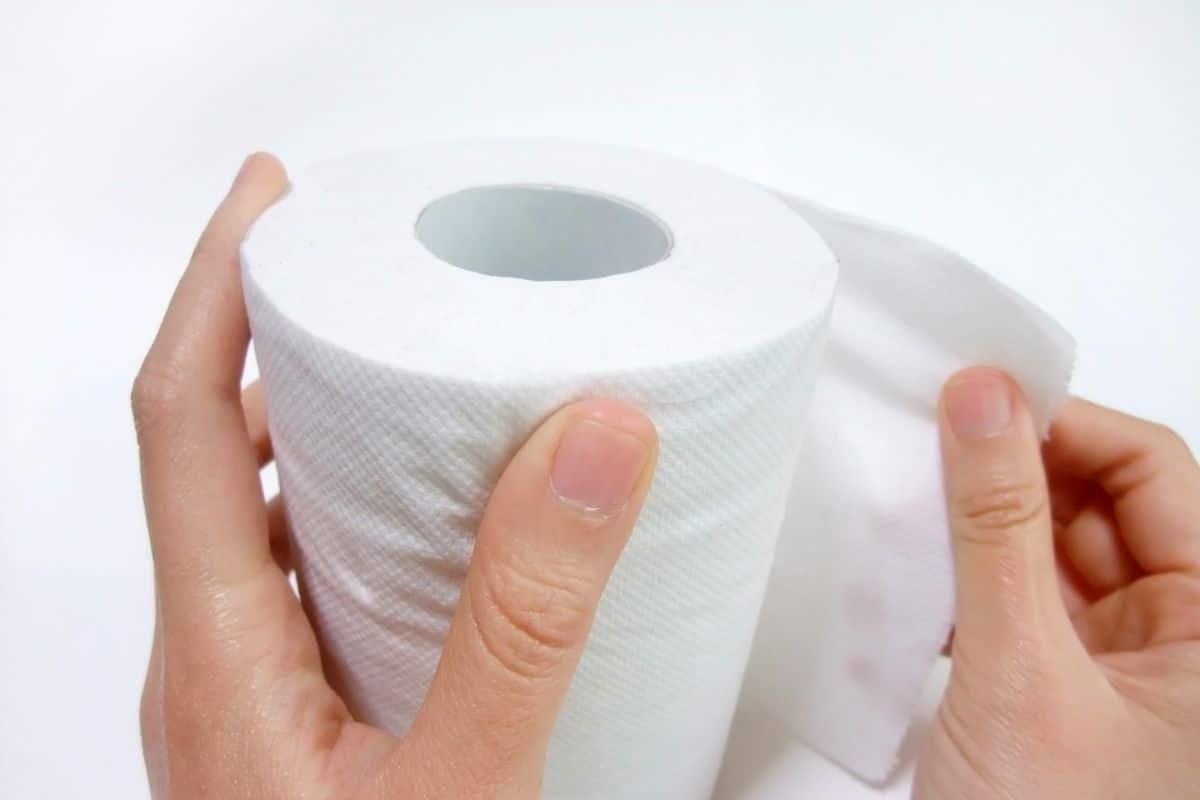
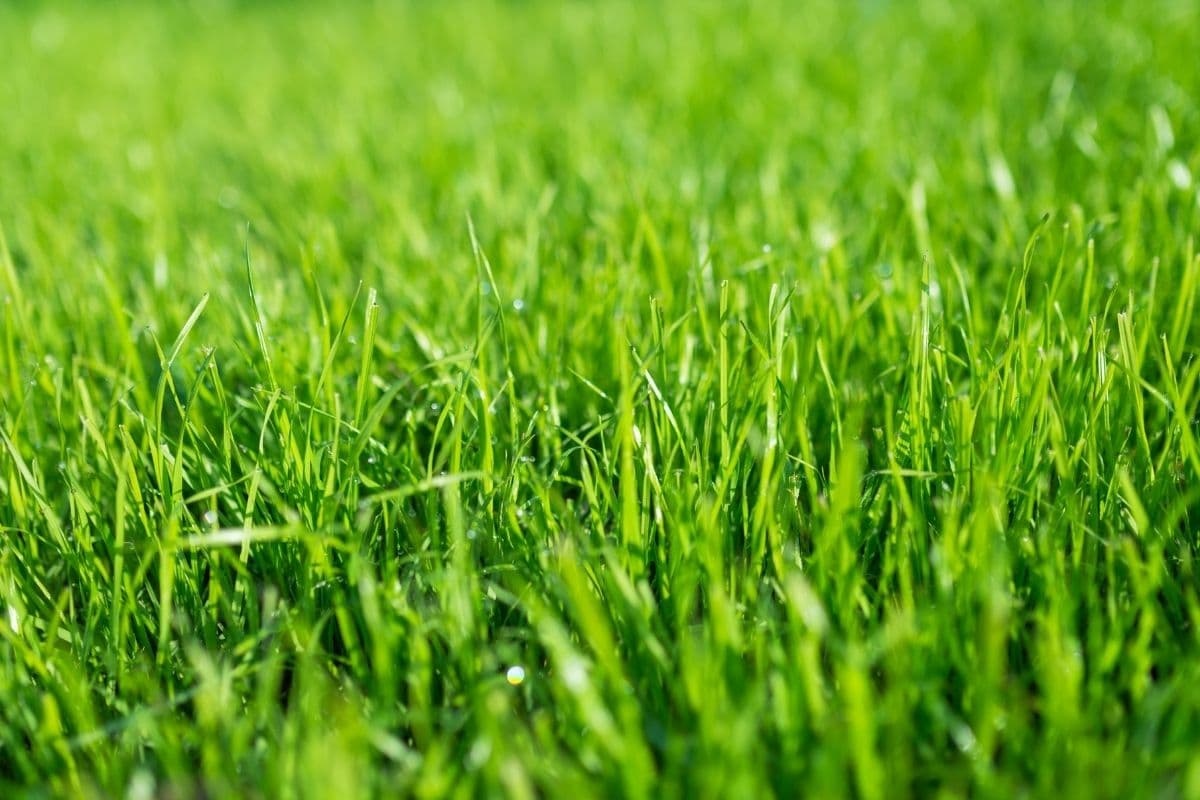
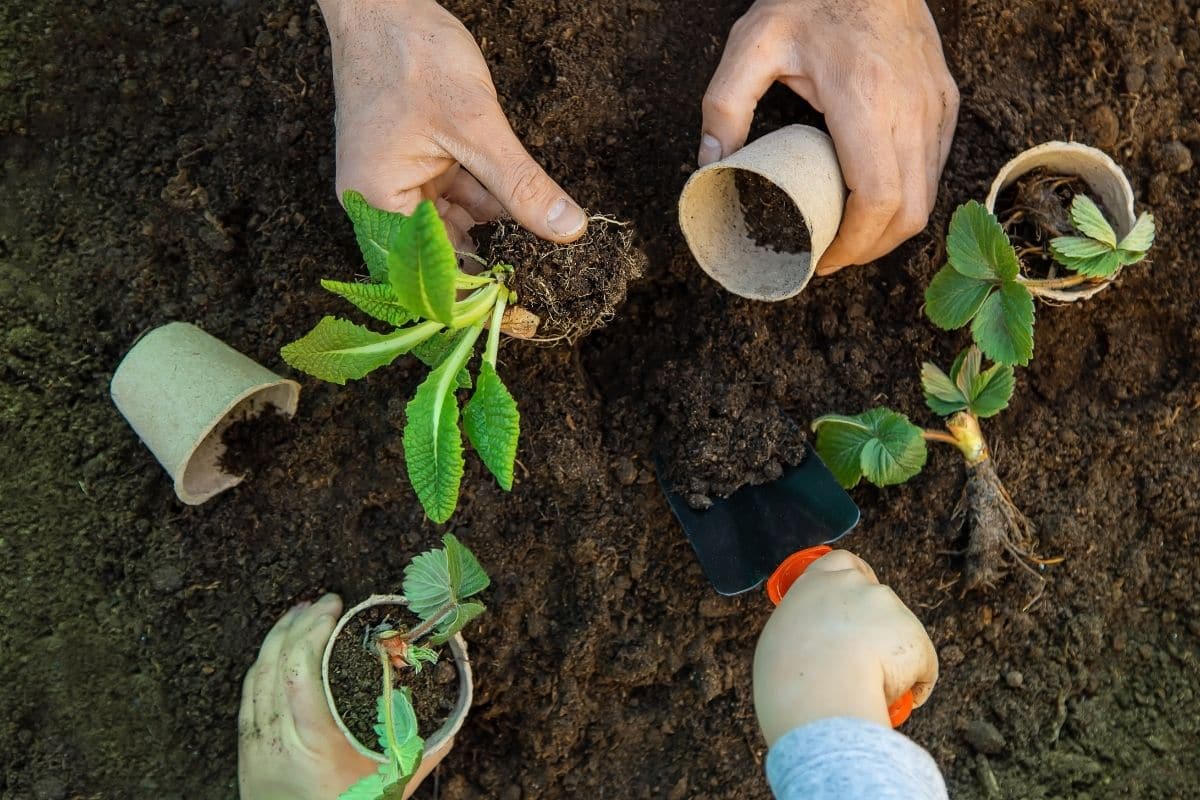
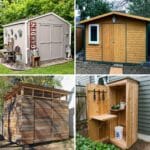
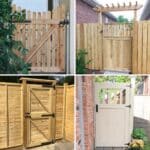
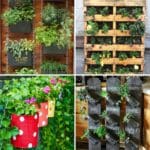

Leave a Reply